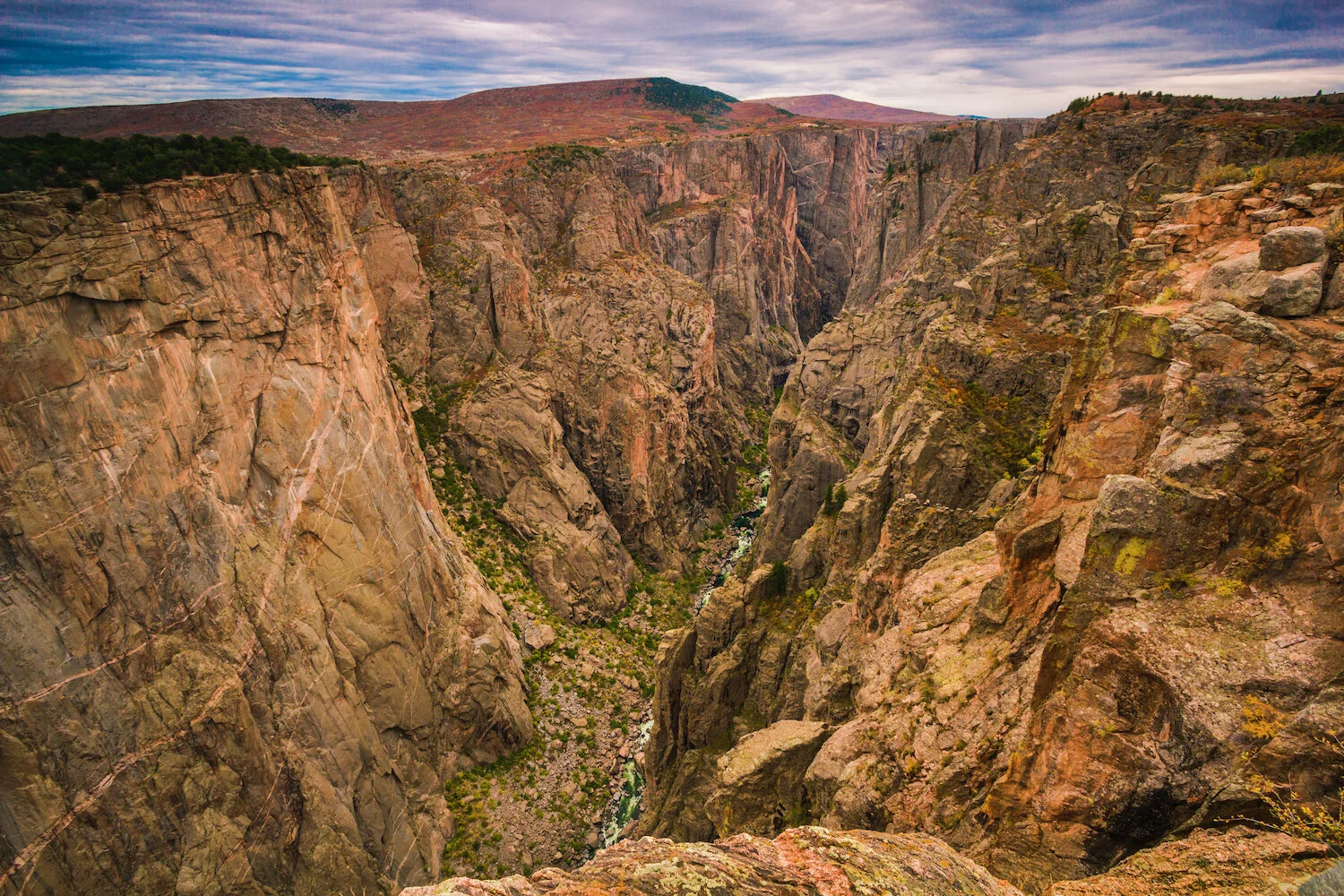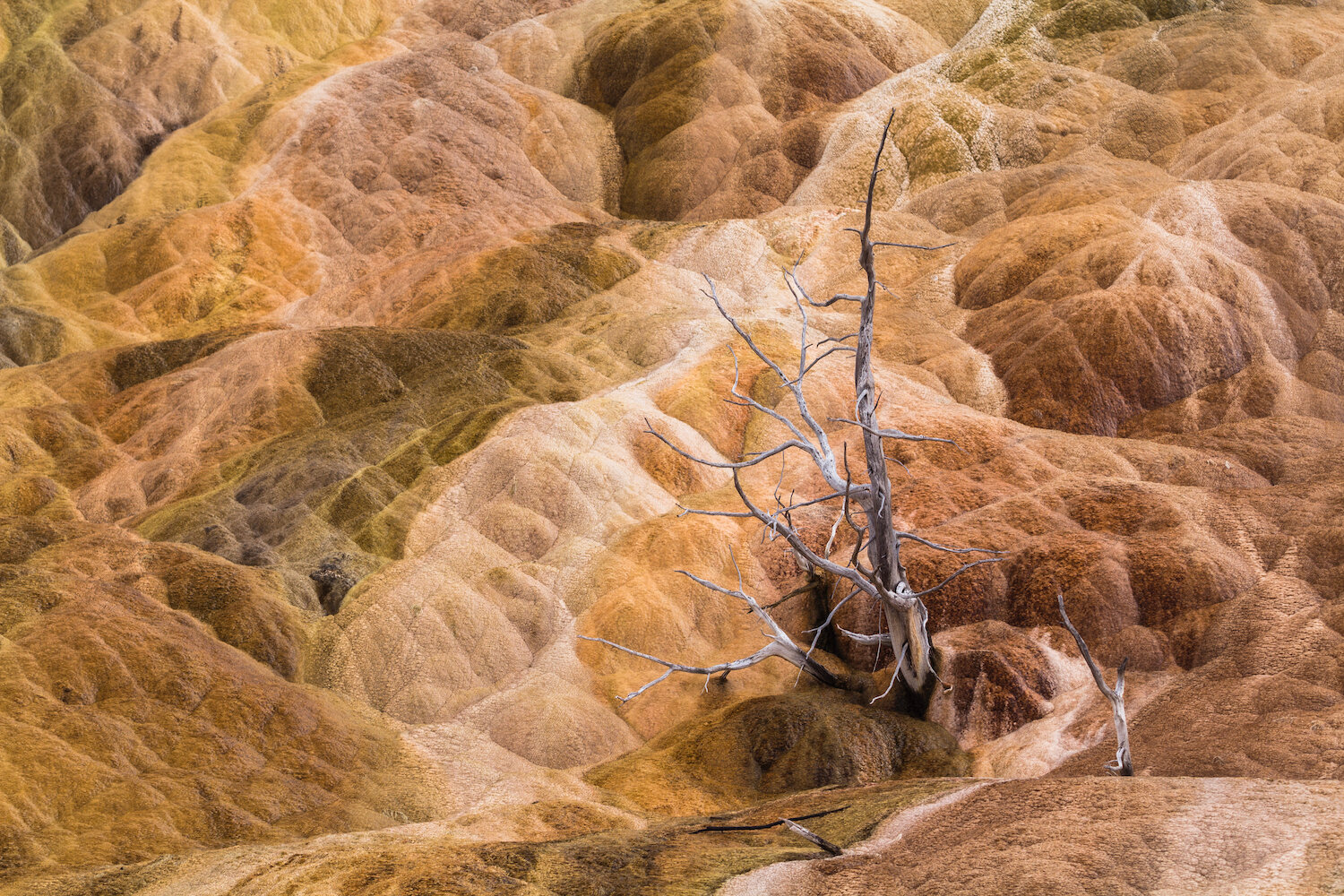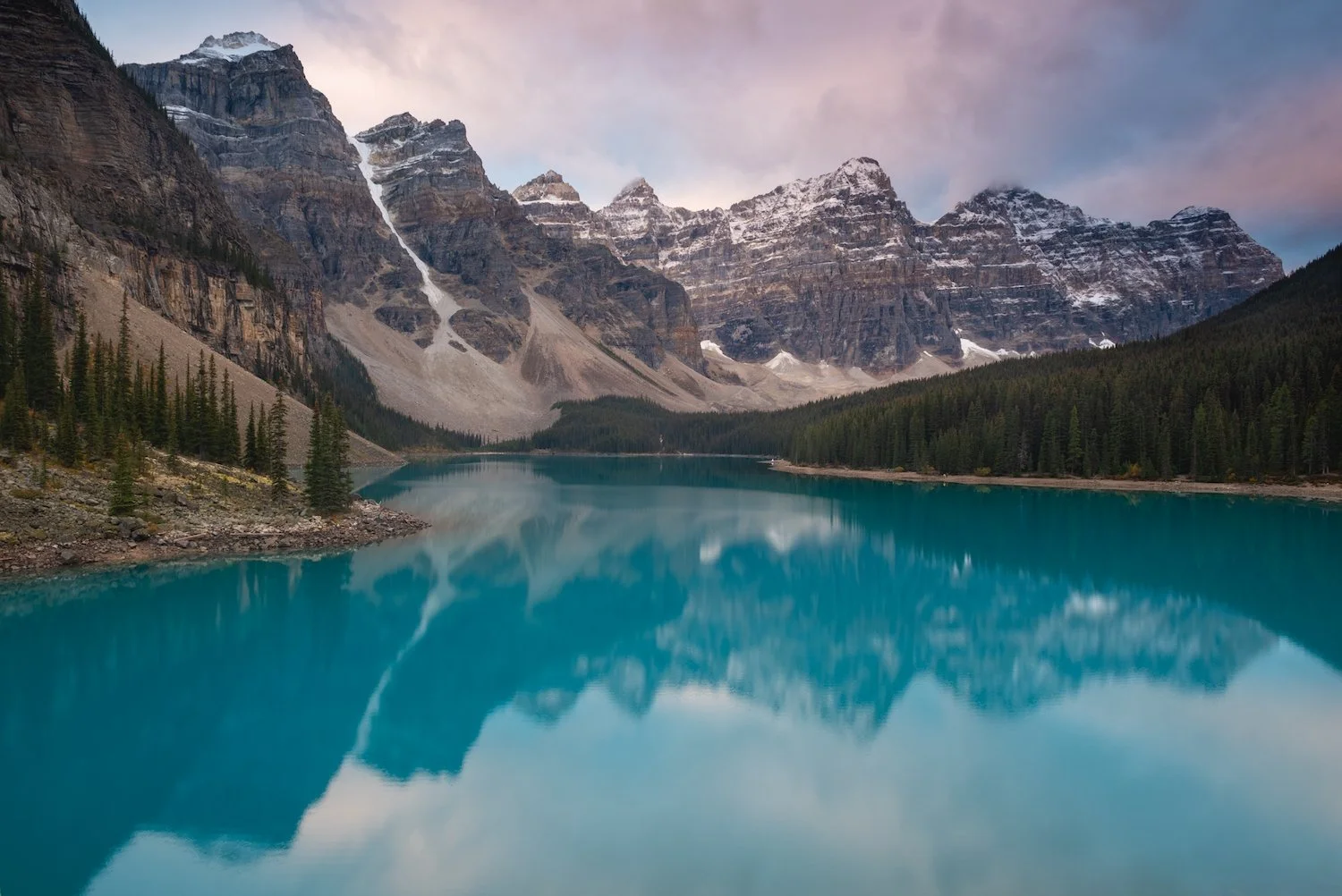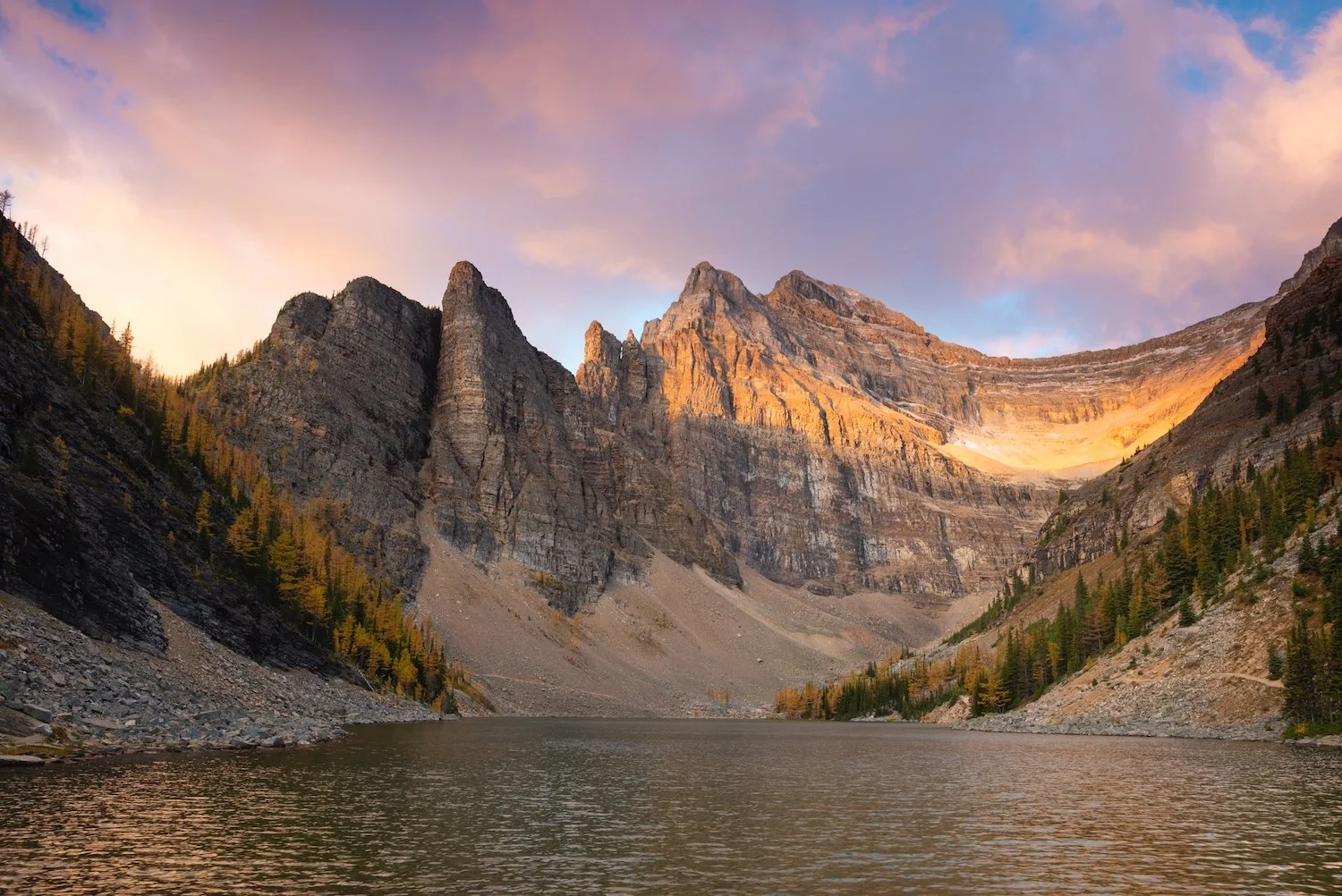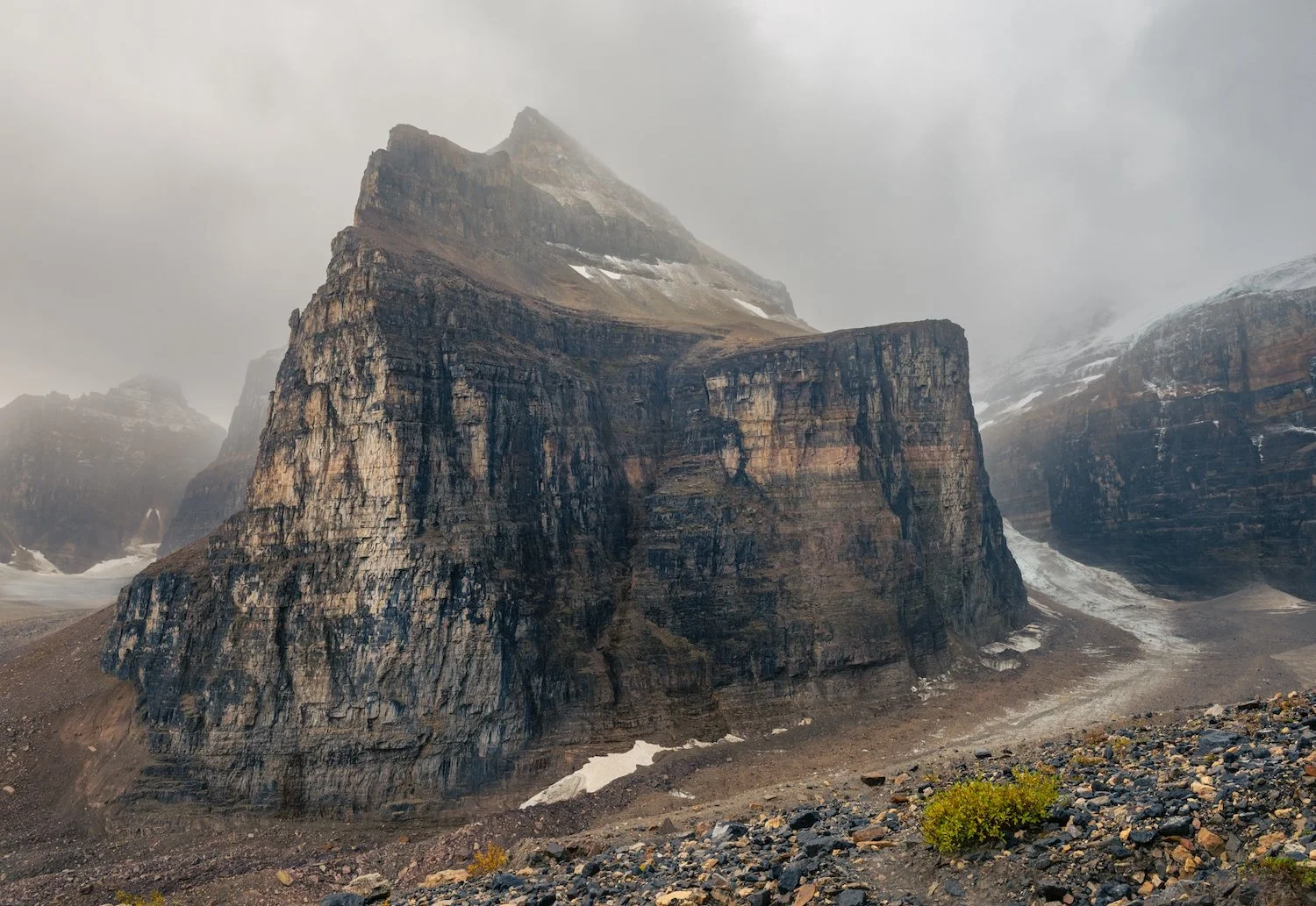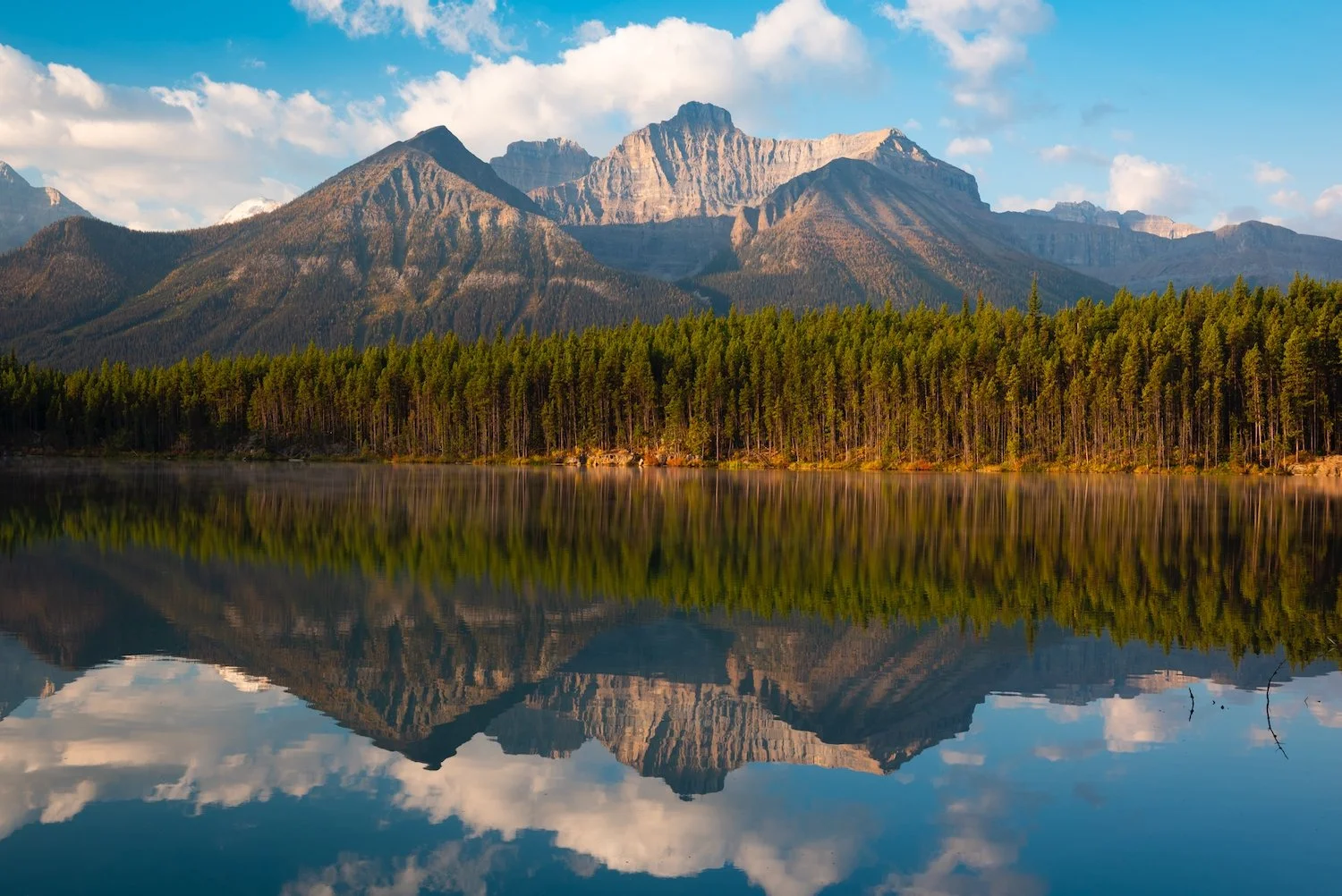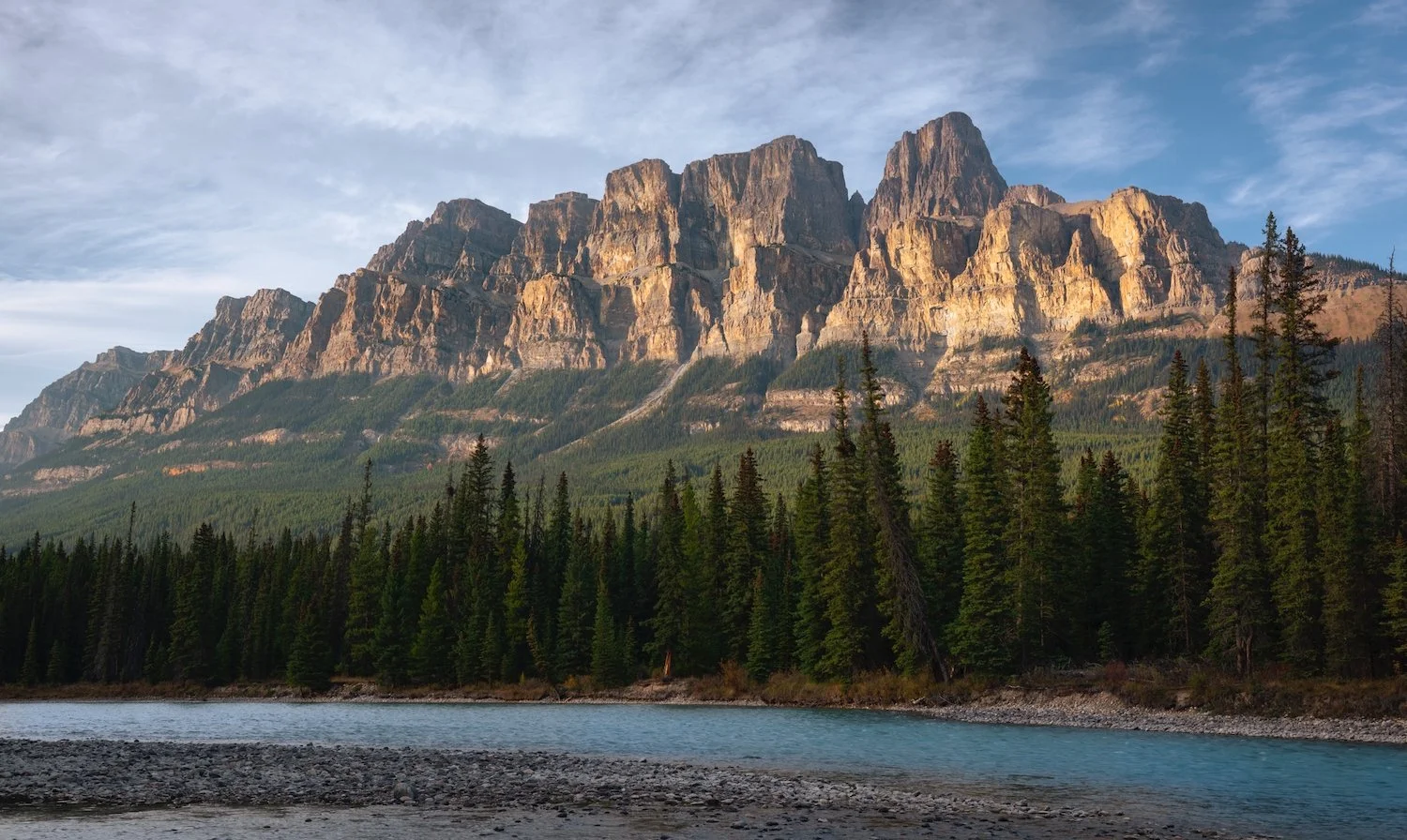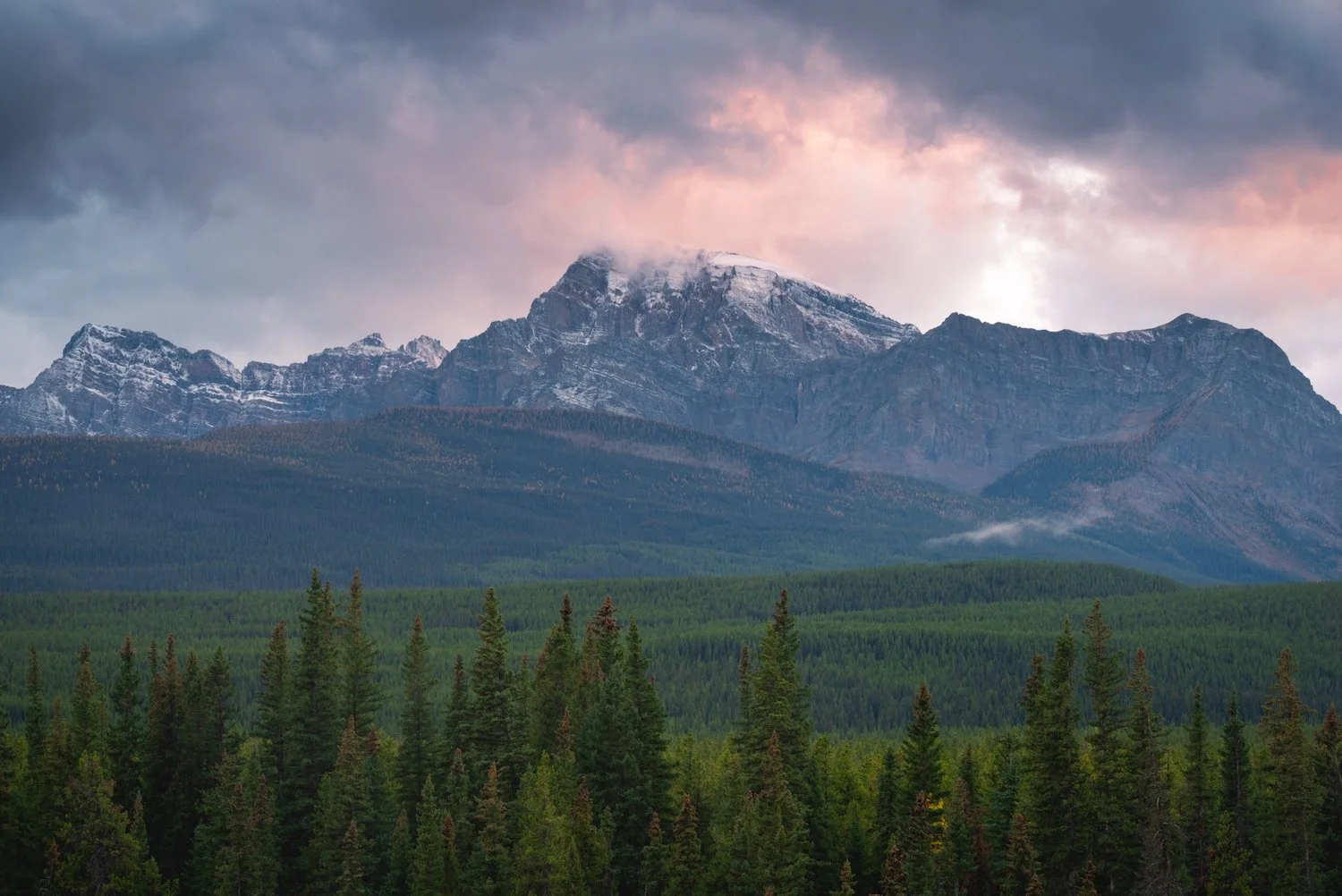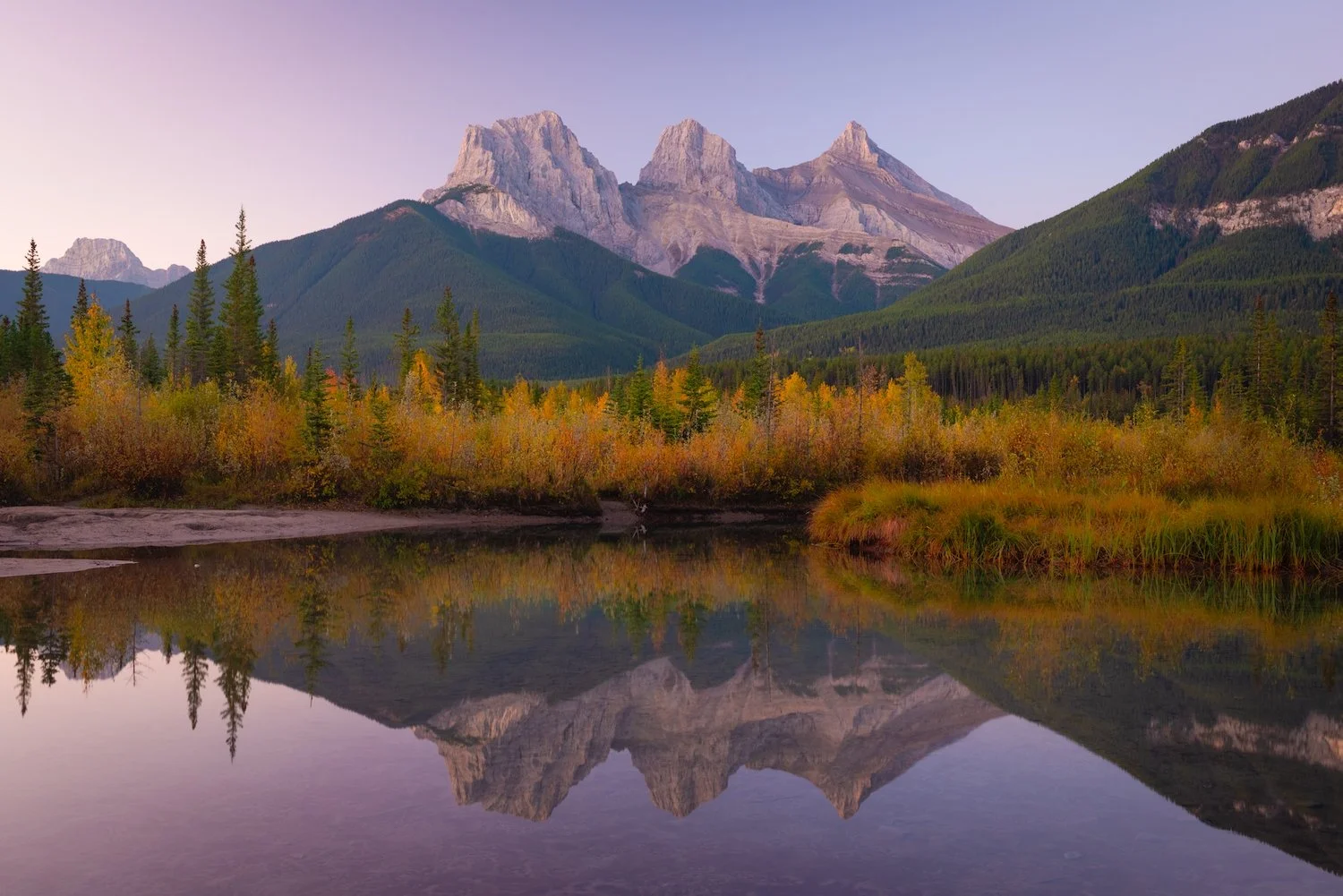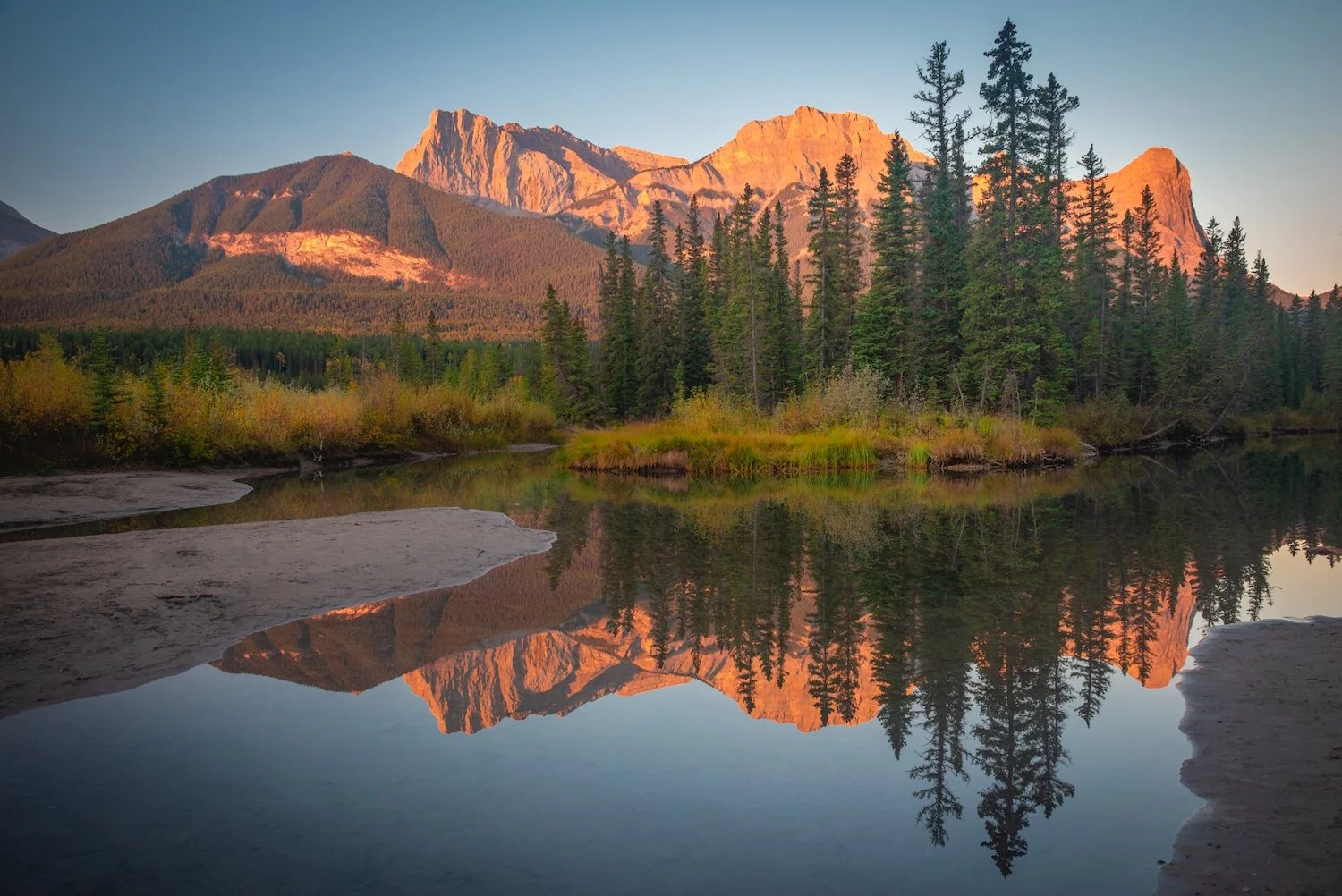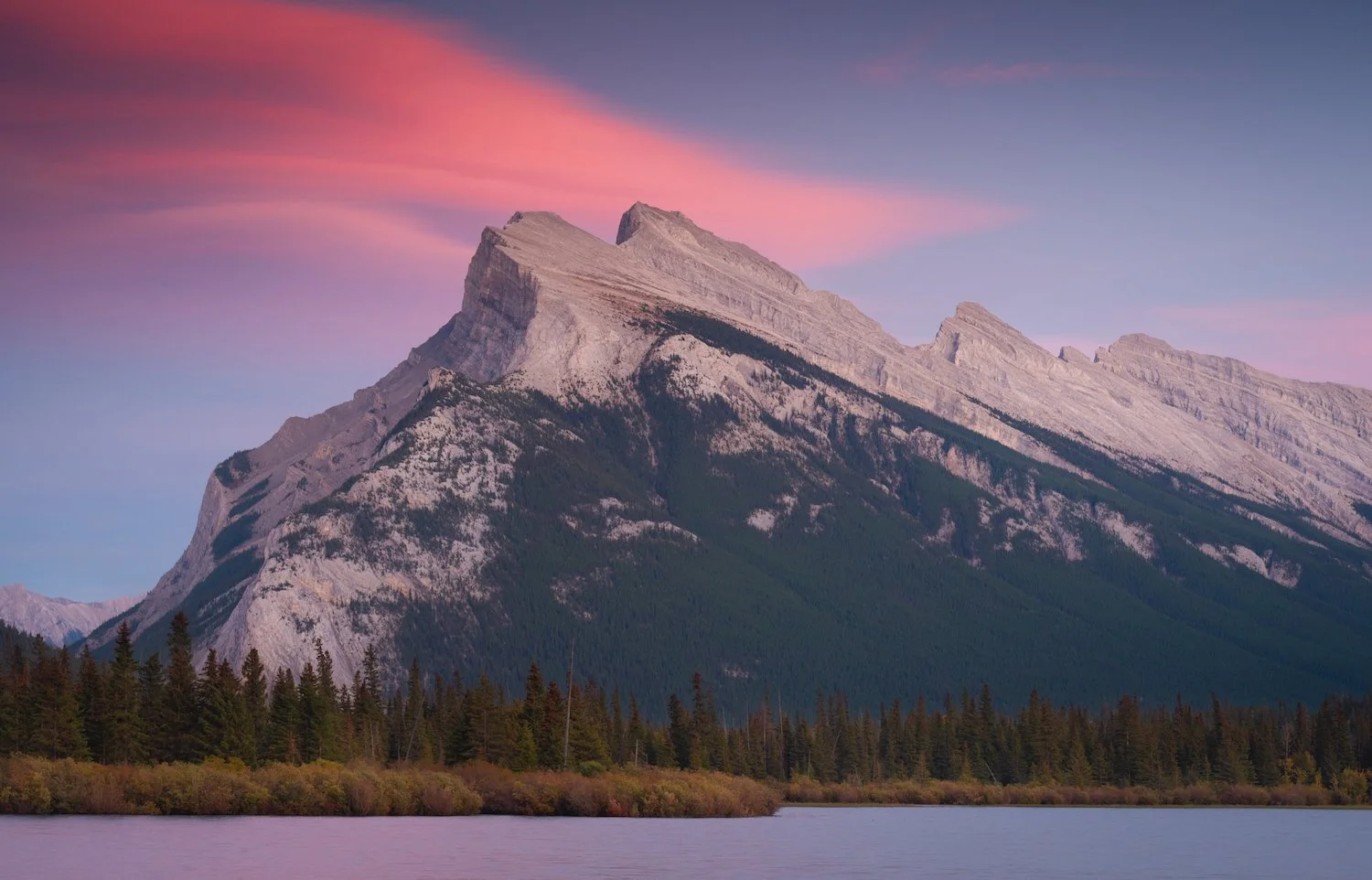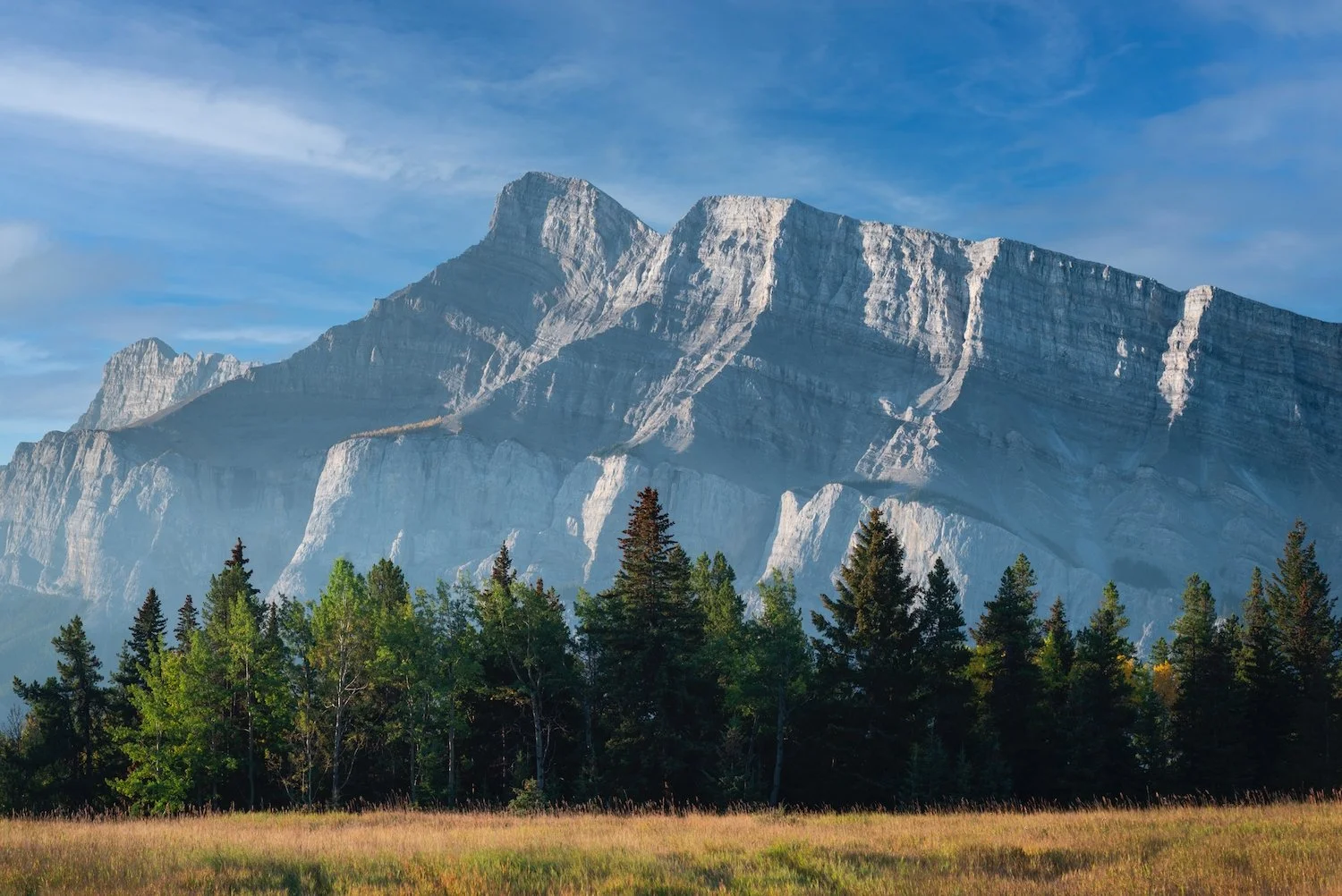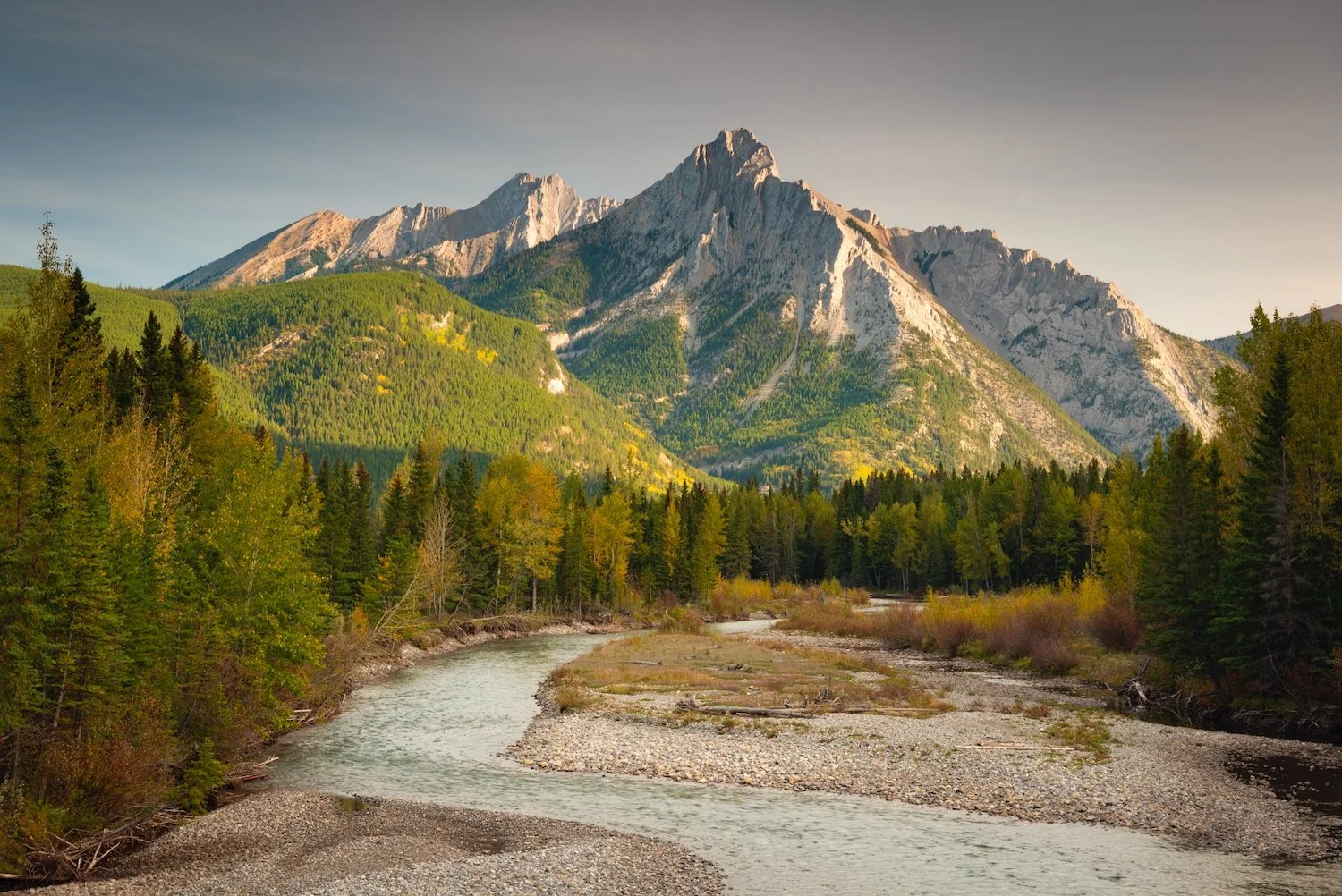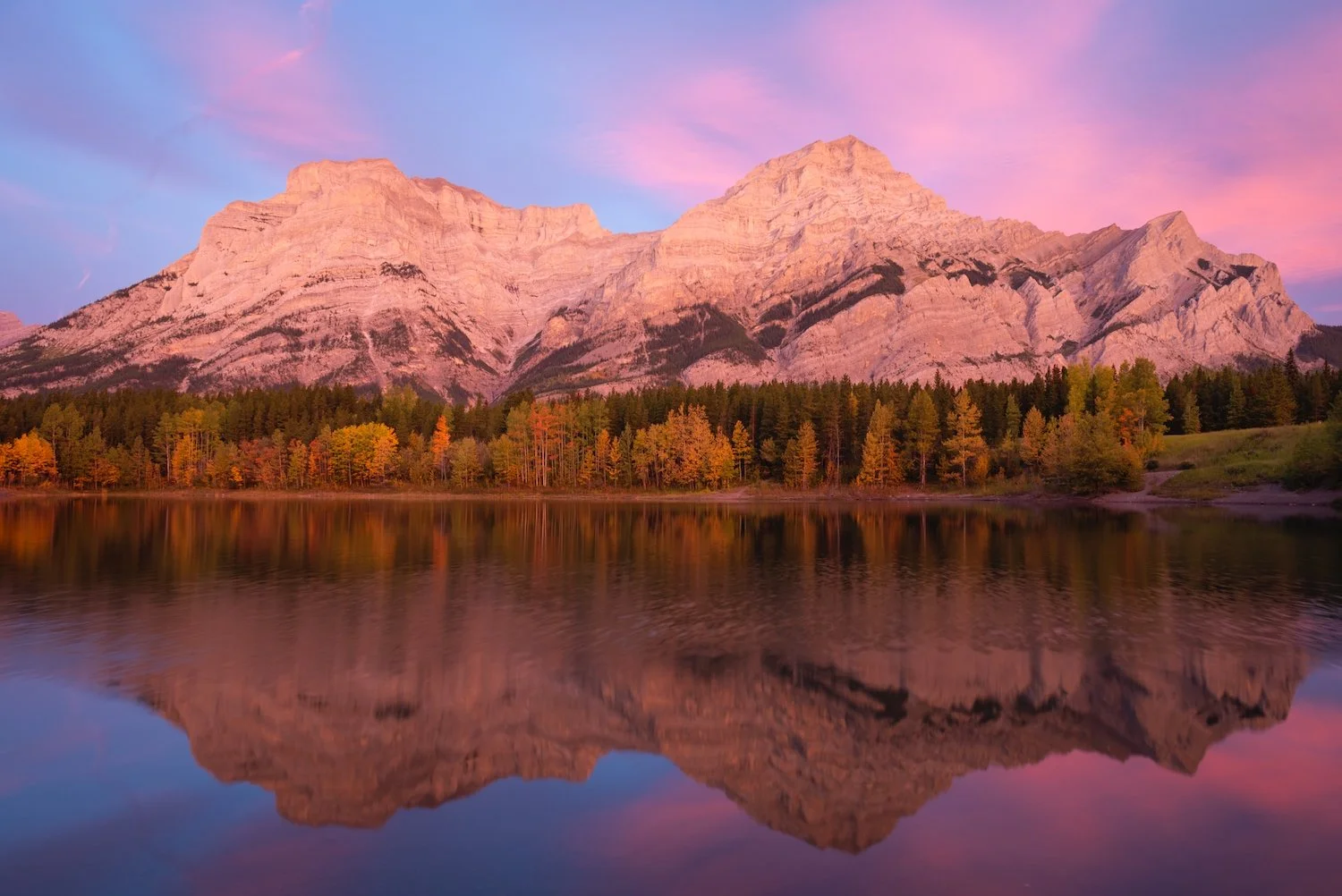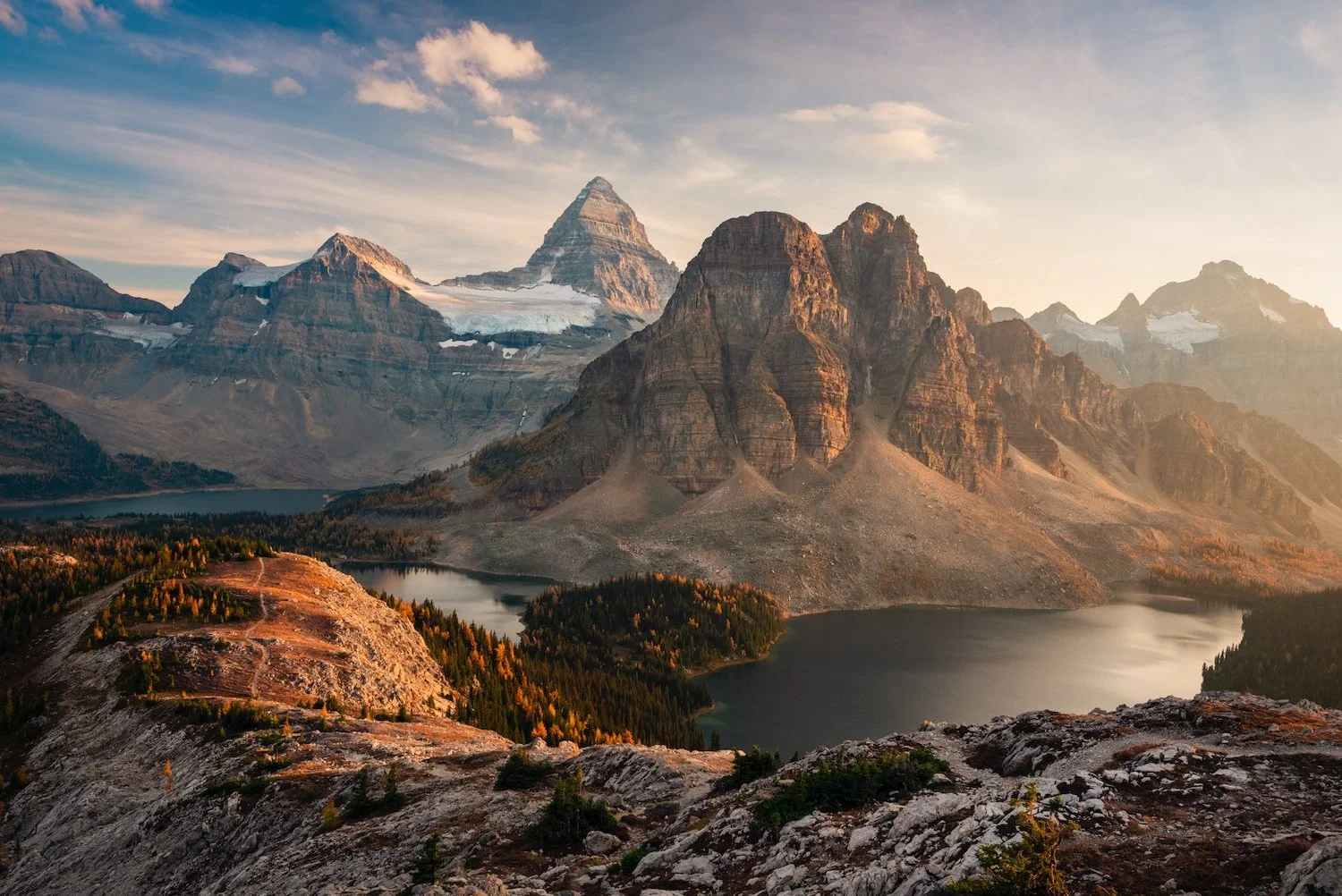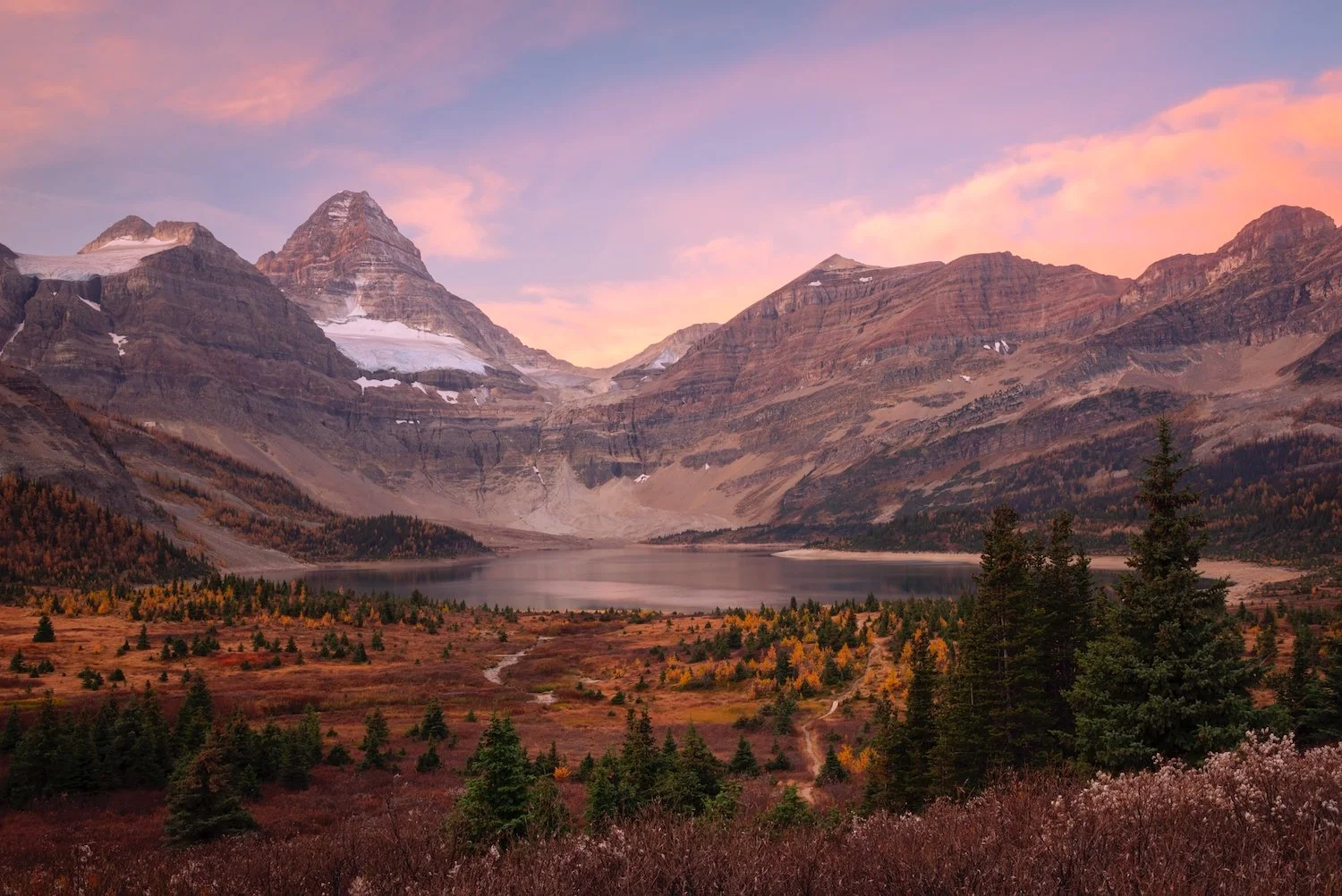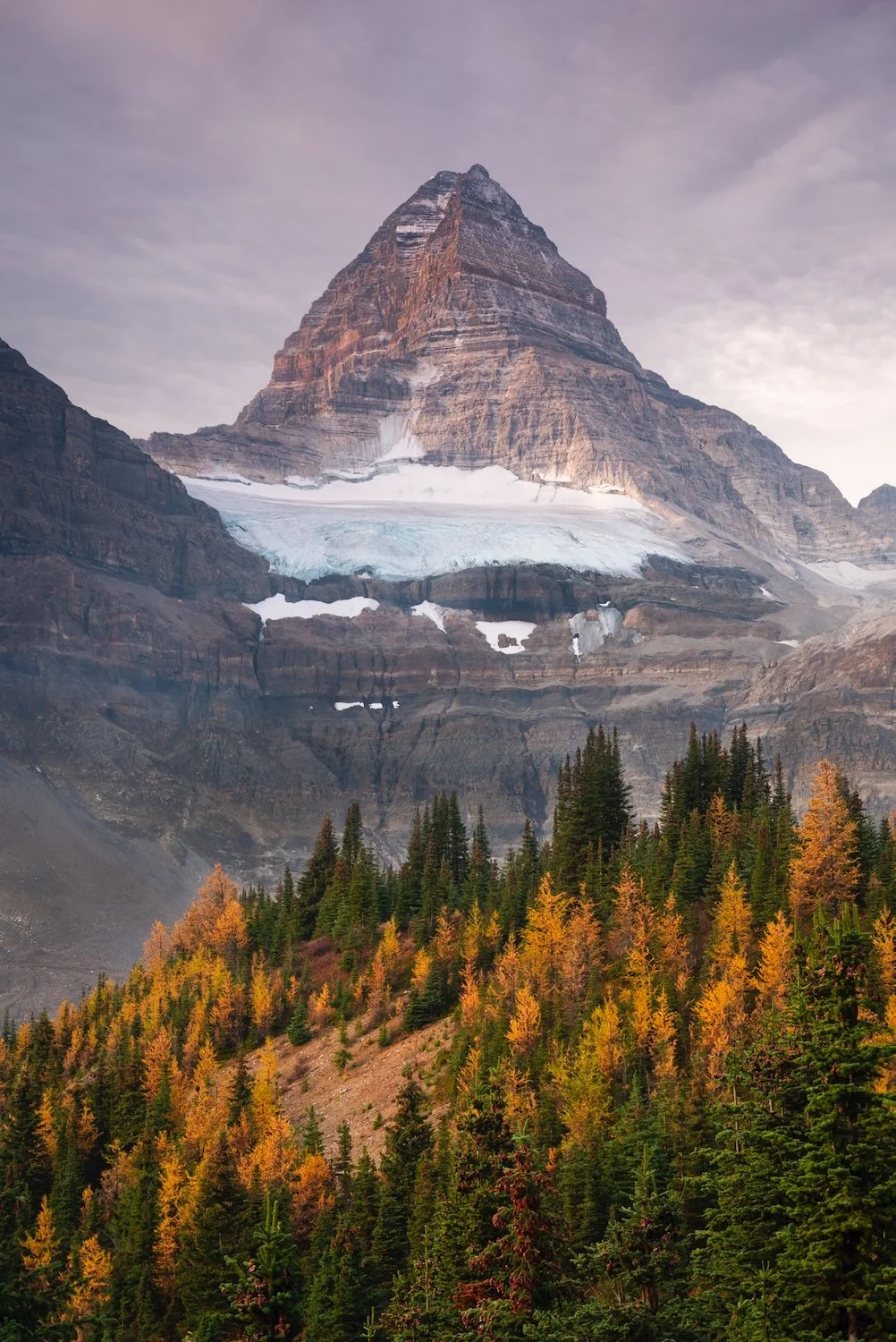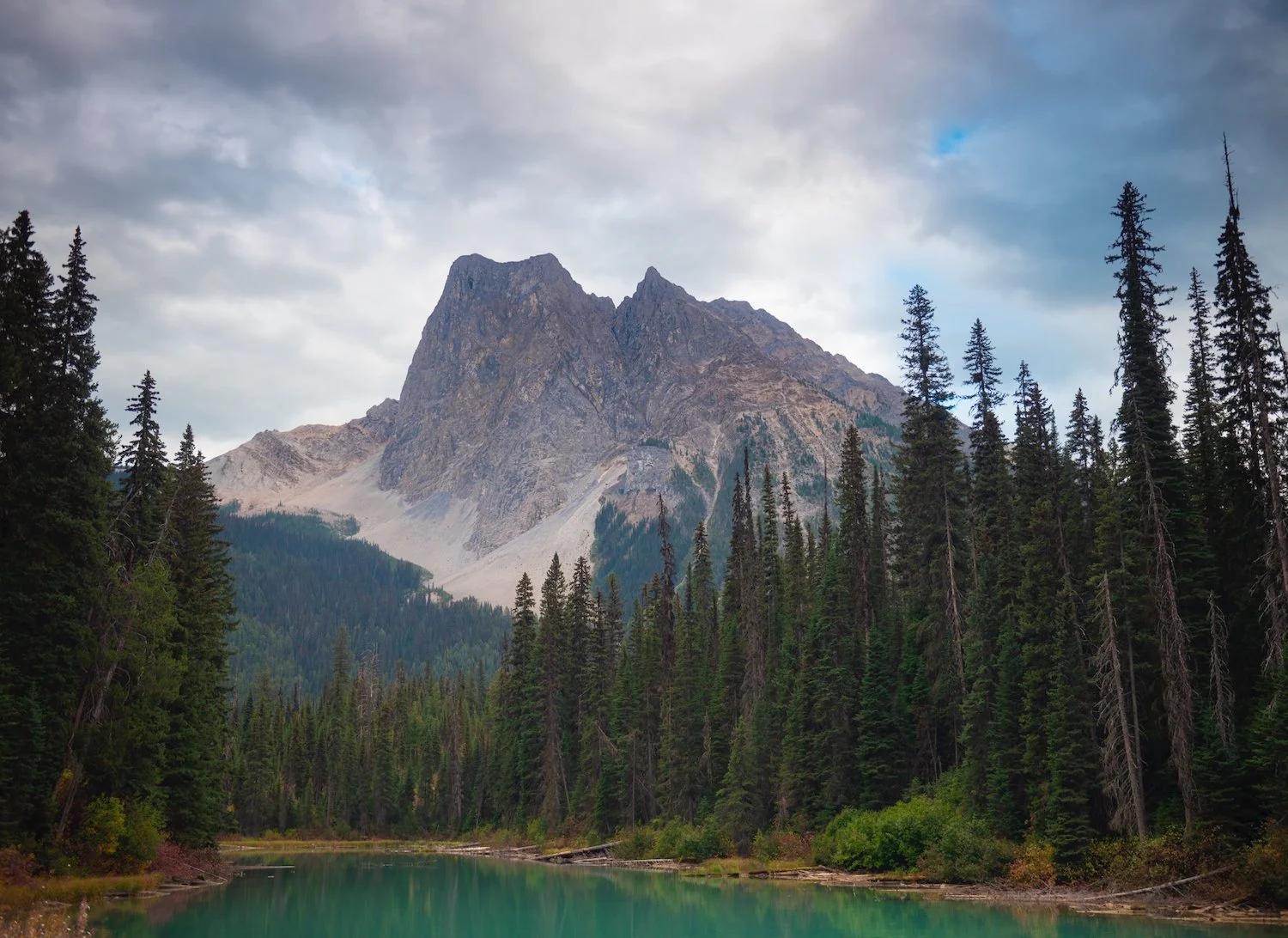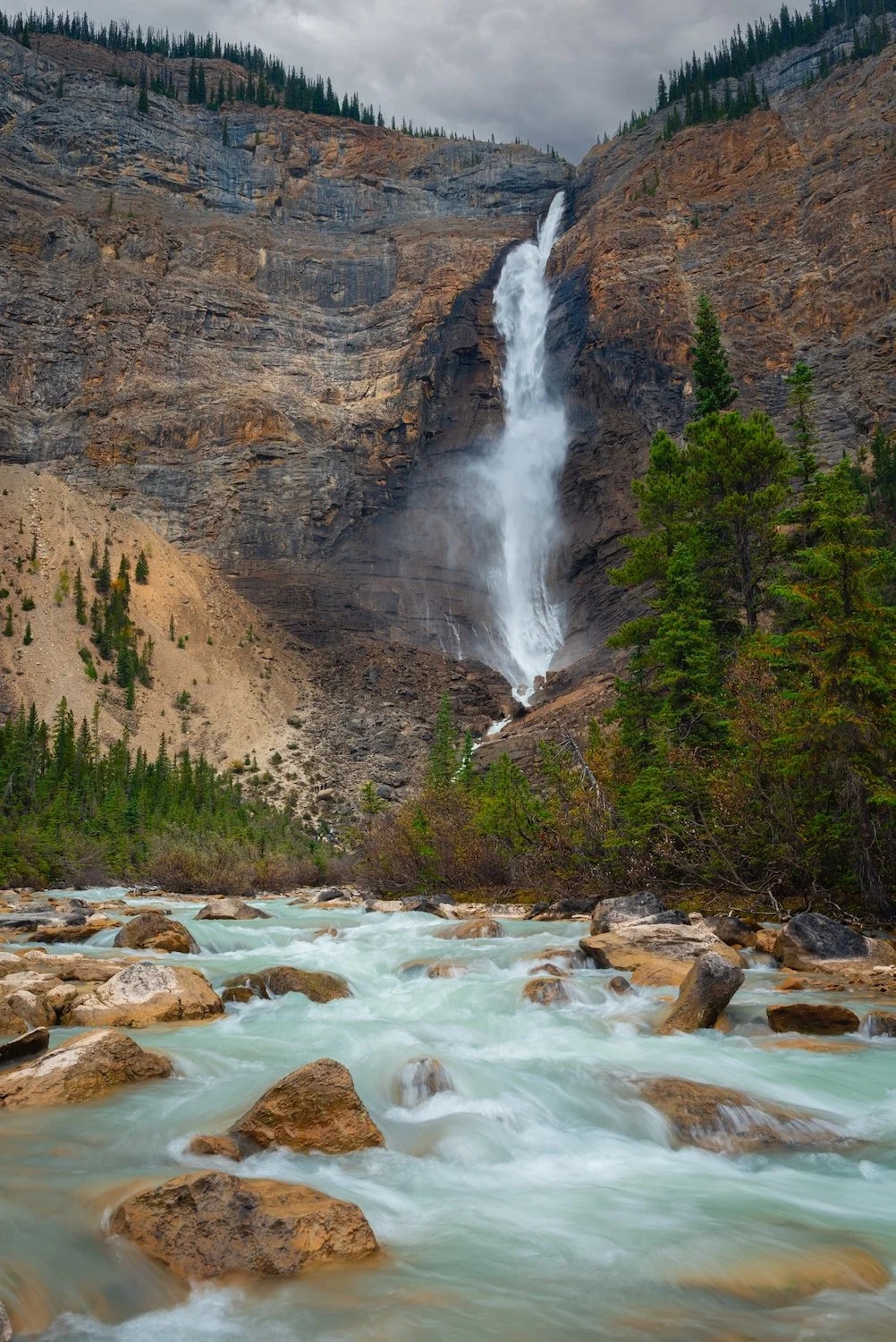colorado
San juan Mountains
One of the most photogenic locations in the Colorado Rockies has to be the San Juan Mountains. These peaks, located in the southwestern corner of the state near the borders of New Mexico and Utah, are a landscape photographer’s favorite. In late September, the aspen trees that dominate the terrain turn yellow, creating vast carpets of color between the mountains. The best hiking can be found on the many trails around the Mount Sneffels Wilderness, where hikers can explore vast stretches of alpine tundra beauty and colorful lakes.
Elk mountains & Sawatch range
North of the San Juans are the equally stunning Elk Mountains and the surrounding Grand Mesa, Uncompahgre, and Gunnison National Forests. This area is home to some of Colorado’s most scenic mountain towns, including Aspen and Crested Butte. While here, photographers should be sure to make the obligatory stop at the famous Maroon Bells and explore the numerous peaks between Highways 133 and 82. Similar to the San Juans, the terrain is packed with aspen trees, making it particularly beautiful in the fall.
Mount Sopris
Maroon Bells
Black Canyon of the Gunnison River National Park
Black Canyon of the Gunnison National Park is a major landmark in western Colorado, located between the San Juan and Elk Mountains. At 48 miles long and thousands of feet deep, the canyon is truly a dramatic sight. The national park encompasses the most impressive section of the canyon and showcases its massive walls. Because of the narrowness of its walls, the canyon receives only 33 minutes of light a day, giving it its "Black Canyon" moniker.
idaho
Sawtooth mountains
Idaho is well-known for its rugged backcountry wilderness and mountain beauty. The Rockies stretch through much of the state, including the central portion and the northern panhandle. Perhaps the most notable section, however, is the Sawtooth Mountains in central Idaho. More than 40 trails totaling hundreds of miles traverse these jagged peaks and offer prime alpine hiking and camping experiences.
Alice Lake
Stanley Lake
One of the most scenic and popular backpacking hikes in the region is a nearly 30-mile loop trek that starts south of Stanley, Idaho, and crosses a number of scenic backcountry lakes, including Petit Lake, Alice Lake, Toxaway Lake, and Imogene Lake. This epic trek, through the heart of the Sawtooths, is an absolute classic in the American Rockies.
Toxaway Lake
Toxaway Lake
El Capitan
Alice Lake
wyoming
Yellowstone national park
Though not known for its mountains, Yellowstone National Park is located squarely in the North American Rocky Mountain corridor and contains one of the largest collections of geothermal features (hot springs, fumaroles, geysers, and mud pots) in the world. These estimated 10,000 features are powered by their position over the Yellowstone hotspot, which lies beneath the massive Yellowstone caldera—a supervolcano that, if it erupted, would be one of the largest in the world. The park is a wonderland of colors, shapes, and smells, not to mention the huge collection of animals that call this park home.
Old Faithful
West Thumb Geyser Basin
Biscuit Basin
Mammoth Hot Springs
Grand Prismatic Spring
The park is divided into a series of smaller geothermal zones, including Midway Geyser Basin, Upper Geyser Basin, Mammoth Hot Springs, West Thumb Geyser Basin, and Norris Geyser Basin. However, the two formations that attract the most attention are Old Faithful, a cone geyser that consistently erupts every 44 minutes to 2 hours, and Grand Prismatic Spring, an incredibly colorful hot spring that is one of the largest in the world.
Punch Bowl Springs
Grand Prismatic Spring
Grand Prismatic Spring
Grand Teton National Park
No visit to Wyoming would be complete without driving Highway 89/191 and its amazing westward view of the Grand Tetons. This road, along with Teton Park Road, offers vistas of these awesome vertical peaks that rise from the flat prairie at their base. The national park offers a number of hiking trails around the peaks, but grand views are accessible right off the road. One of my favorites is Oxbow Bend, a stunning perspective of the Snake River in front of Mount Moran.
Oxbow Bend
canadian Rockies
ALBERTA
Banff National Park
Banff National Park is Canada’s first national park, established in 1885, and spans about 6,641 km² in Alberta’s Rocky Mountains. Its rugged landscape is a mosaic of soaring peaks, glaciers, dense forests, and crystalline rivers. Within this vast terrain lie some of the Rockies’ most iconic lakes. Moraine Lake, nestled in the Valley of the Ten Peaks, glows a vivid turquoise in summer and is now accessible only by shuttle or guided transport. Closer to the Lake Louise area, trails such as the Plain of Six Glaciers (about 11.4 km return with 595 m of elevation gain) and the Lake Agnes Teahouse route offer classic Rockies hiking with sweeping alpine views.
Lake Moraine
Lake Agnes
Mt Victoria, Mt Lefroy, & Victoria Glacier
Plain of Six Glaciers
Beyond the lakes, Banff is studded with dramatic mountain landmarks. Castle Mountain, Storm Mountain, and the Three Sisters range dominate the skyline near the Bow Valley, while along the Icefields Parkway lies peaceful Herbert Lake, a low-effort gem especially striking at sunrise or sunset. From many vantage points, ranges and glacial ridgelines stretch into the distance, creating a sense of scale and grandeur few places can match in Canada’s national parks.
Herbert Lake
Castle Mountain
Storm Mountain
Three Sisters
Lastly, no trip to Banff feels complete without gazing up at Mount Rundle and nearby Tunnel Mountain, two iconic peaks that frame the townsite and Vermilion Lakes. Rundle’s tilted limestone ridge and Tunnel’s rounded summit catch the light differently throughout the day, making them among the most photographed silhouettes in the Rockies. Though Rundle’s summit hike is demanding and Tunnel’s much gentler, together they stand as unmistakable symbols of Banff’s dramatic landscape.
Mount Rundle
Tunnel Mountain
Kananaskis Country
Kananaskis Country, a vast network of parks and wildland areas just south of Banff, offers a quieter alternative to the national parks while still showcasing the grandeur of the Rockies. Its valleys and peaks are laced with trails for hiking, biking, and skiing, and wildlife sightings are common, from bighorn sheep to grizzly bears. Among its most photographed spots is Wedge Pond, a small reflective lake at the base of Mount Kidd that glows with autumn larches and perfectly mirrors the surrounding peaks at sunrise. This blend of accessibility and dramatic scenery has made Kananaskis a favorite for both casual visitors and backcountry adventurers.
british Columbia
Mount Assiniboine Provincial Park
Mount Assiniboine Provincial Park is a wild jewel on the British Columbia–Alberta border, lying approximately 48 km southwest of Banff. Named for its iconic peak, the park is accessible only by a long hike or by helicopter. It is a dramatic tapestry of jagged summits, alpine meadows, and turquoise glacial lakes. At its heart stands Mount Assiniboine, often called the “Matterhorn of the Rockies,” which soars to 3,618 m (11,870 ft) and rises roughly 1,525 m (5,003 ft) above Lake Magog. It is the highest peak in the Southern Continental Ranges of the Canadian Rockies.
Undoubtedly, one of the most epic hikes in the Canadian Rockies is the trek up to Nub Peak, where sweeping views open to Mount Assiniboine, Sunburst Peak, Lake Magog, and Lake Sunburst, with Cloudburst Mountain and the surrounding ranges completing the panorama.
Yoho National Park
Established in 1886, lies just across the Alberta–British Columbia border along the western slopes of the Canadian Rockies. Its name comes from a Cree expression of awe, fitting for a landscape of towering peaks, plunging waterfalls, and deep glacial valleys. The park is home to some of the Rockies’ most celebrated sights: the turquoise waters of Emerald Lake, the thundering 373-meter Takakkaw Falls, and others.









